From primitive dental drills to advanced dental implants, dentistry has continuously evolved over the years. As technology continues to advance, artificial intelligence (AI) has become a driving force in many industries; even healthcare.
Dental checkups have evolved significantly thanks to modern technologies that have made the experience more efficient, comfortable, and effective. Here are some of the modern technologies that are transforming dental checkups:
- Digital ImagingIn many dental offices, print-out X-rays are becoming things of the past. They are replaced with digital imaging, which is increasingly used to facilitate faster exams, to inflict less exposure to radiation on patients and to generate less waste, which helps the planet.Digital imaging relies on intraoral and digital cameras that are capable of completely documenting the clinical condition of a patient’s teeth, gums and mouth through still and moving images. These images appear instantly, and they can be integrated into patients’ electronic health records for future reference. Today’s intraoral digital cameras are smaller, more lightweight and easier to use than ever.A few examples of advanced digital imaging devices include
- Laser Dentistry: Dental lasers are used for a variety of procedures, including cavity detection, gum disease treatment, and teeth whitening. Laser technology is less invasive, often requires less anesthesia, and can result in quicker recovery times compared to traditional methods.
- CAD/CAM Technology: Computer-aided design and computer-aided manufacturing (CAD/CAM) systems are used to create crowns, veneers, and other dental restorations in a single visit. This eliminates the need for messy impressions, temporary restorations, and multiple appointments.
- Digital Impressions: Instead of using traditional dental molds to take impressions of your teeth, many dentists now use digital scanners. These scanners create 3D models of your teeth quickly and comfortably, reducing patient discomfort and the likelihood of errors.
- Teledentistry: With the rise of telehealth, teledentistry has become more prominent. It allows patients to consult wih their dentists remotely, discuss oral health concerns, and receive advice or prescriptions for minor issues. This technology is especially useful for follow-up appointments and consultations.
- Artificial Intelligence (AI): AI is being used to improve diagnostics and treatment planning in dentistry. AI algorithms can analyze dental X-rays and images, helping dentists detect cavities, gum disease, and other oral health issues more accurately and quickly.
- Ultrasonic Cleaners: Ultrasonic scalers use high-frequency vibrations to remove plaque and tartar from teeth and below the gumline more effectively and comfortably than traditional scaling methods.
- Digital Record Keeping: Many dental offices have transitioned to electronic health records, which streamline administrative tasks, improve accuracy, and allow for easier sharing of patient information among healthcare providers.
- Smart Toothbrushes: Some patients use smart toothbrushes equipped with sensors and connectivity to track their brushing habits and receive real-time feedback on their technique.
These modern technologies are improving the accuracy of diagnoses, reducing treatment times, enhancing patient comfort, and ultimately contributing to better oral health outcomes. Dentists who embrace these innovations can offer more efficient and patient-friendly dental checkup experiences.
FAQ
It has enabled dental practitioners to minimize pain, risk, and post-procedure issues with greater precision and less discomfort for the patient.
Among all the AI applications in dentistry, the most popular one is diagnosis. AI can make more accurate and efficient diagnoses, thus reducing dentists' workload. On one hand, dentists are increasingly relying on computer programs for making decisions (36, 37).



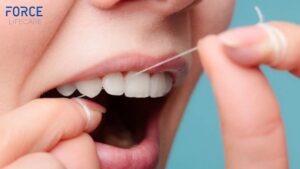
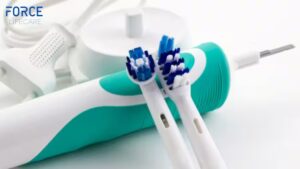
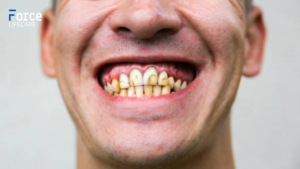
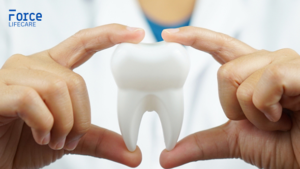
 Dental Checkup Services
Dental Checkup Services
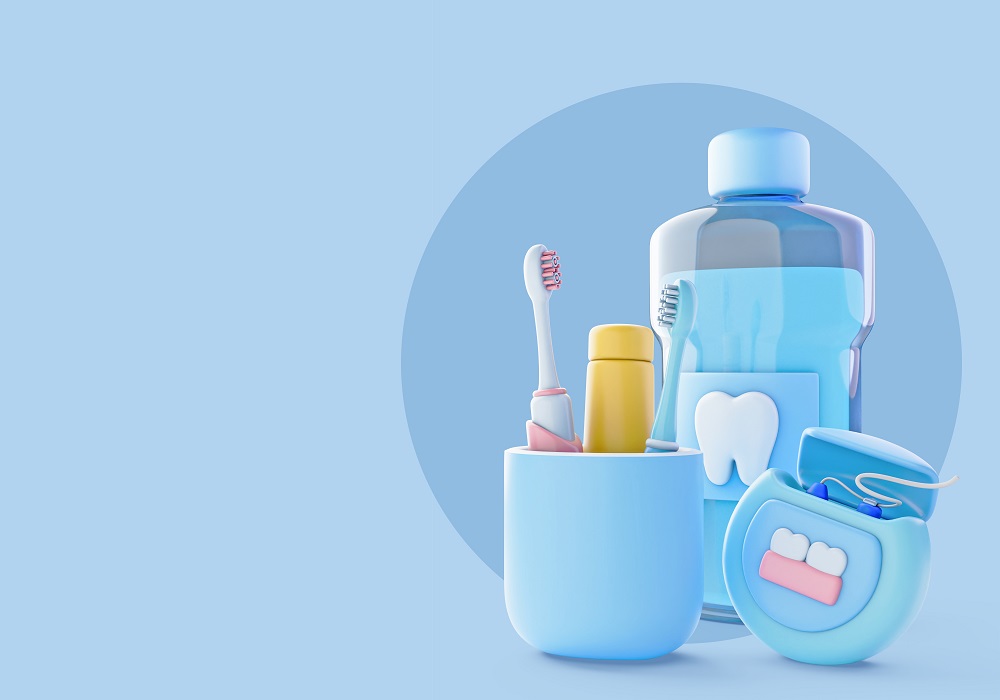 Our range of products
Our range of products
 Oral Care Blogs
Oral Care Blogs
